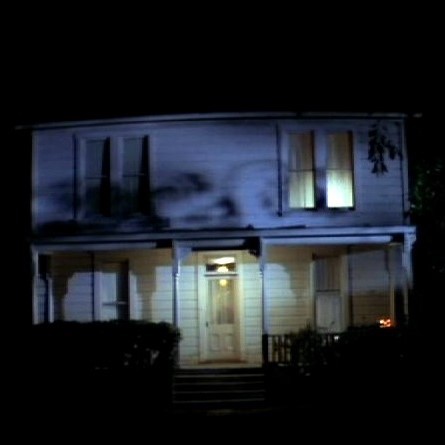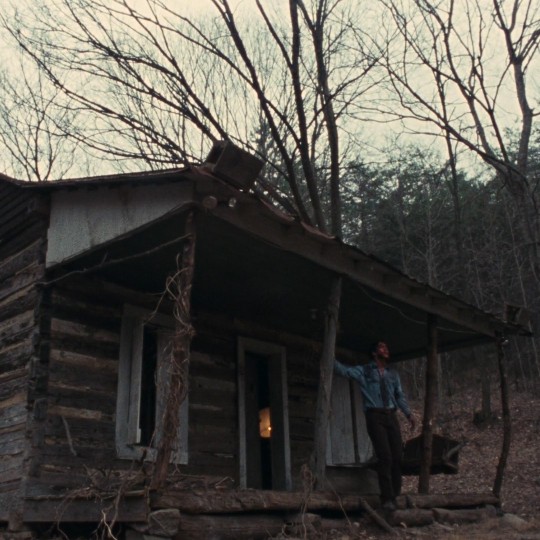Text
HEY GUYS do you like Gender?? Do you like Creachers??? Do you sometimes relate your gender to certain Creachers or Beings??
A friend of mine is doing a quick poll on gender identity and how some might relate it to fantastical beings and you’re welcome to fill it out!

https://forms.gle/XpiRx3uYk5fzZDov5
66 notes
·
View notes
Photo
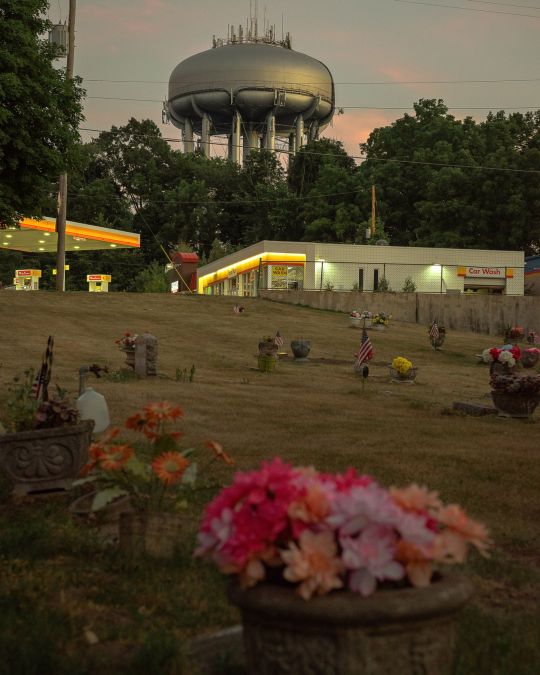




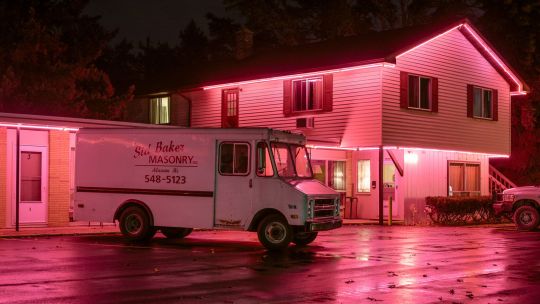



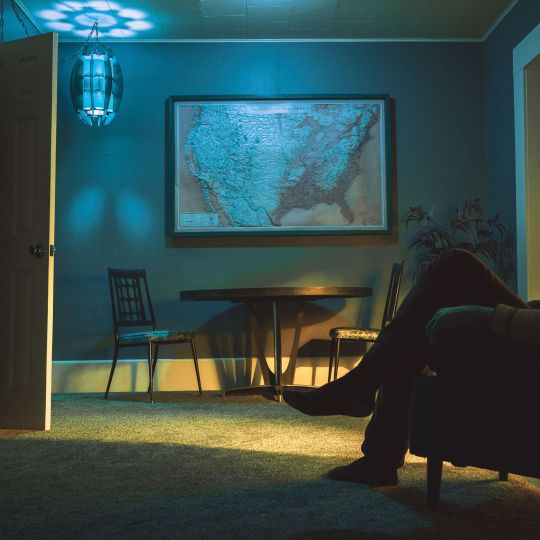
Photography by Michael McCluskey
13K notes
·
View notes
Text
not to to be weird but I literally get so emotional thinking about the ghosts of the internet sometimes I think I might cry, it's not even just dead pages that will never be updated, it's blogs and geocities and twitters and social medias that are just left, alone, and waiting.
it feels like exploring an abandoned house, as you can see everything that made that space this person's home, and I can't help but think about it in the exact same way. the time and effort to register the account and to post and create and customize, the way that for some people, that's more or less their soul, just out on the page. and you ask yourself where the owner is now. and you ask yourself 'what happened?' and you ask yourself 'are they okay? are they happy are they alive?' and you ask yourself 'why did they leave?' and you ask yourself 'did they know this would be their last post did they think about people stumbling across years later do they think about it now?'
like I know it's a weird thing to be emotional about but when I'm traveling through websites and blogs that haven't updated in years, I can't help but feel a little somber. the person might be dead or alive, but it still feels like a cemetery, sometimes, and eventually, one day, you could track someone from birth to death. eventually, there will be entire lives documented on the internet from beginning to end. the internet is filled with ghosts of people who are still alive.
1K notes
·
View notes
Photo



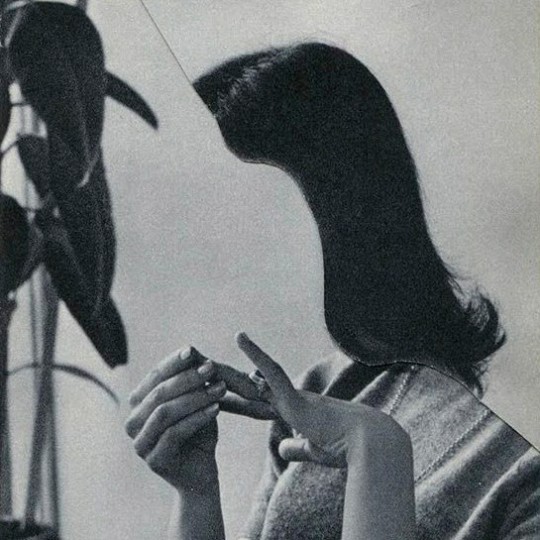
I AM NOT TO BE PERCEIVED
1K notes
·
View notes
Text
I still think that my favorite urban legend/folklore fact is that there are certain areas in New Orleans where you cannot get a taxi late at night not because it isn’t safe, but because taxi companies have had recurring problems of picking up ghosts in those areas who are not aware that they are dead and disappearing from the cab before reaching the destination and therefore stiffing the driver on the fare causing a loss for the company.
501K notes
·
View notes
Photo


mark fisher on hauntology
4K notes
·
View notes
Text
Non-places; strange allure of eerie landscape and liminal space:
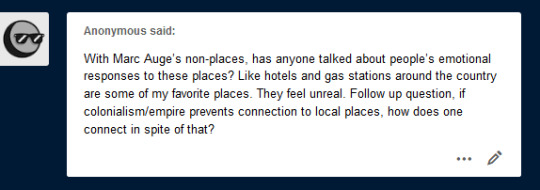
Spectacular message.
Part 1: Ghosts, transgressions, thresholds, ecology, empire etc. Me being annoying.
Part 2: List of sources and reading recommendations.
Part 3, some excerpts I think you might like, here:
de Certeau, whose writing influenced Marc Auge’s work on non-places, from: “Walking in the City.” In: The Practice of Everyday Life. Translated by Steven Rendall. 1984.
Escaping the imaginary totalizations produced by the eye, the everyday has a certain strangeness […]. [P]roper names carve out pockets of hidden and familiar meaning. […] Ultimately, since proper names are already “local authorities” […], they are [in the modern space, the non-place] replaced by numbers: the telephone number, [etc.] […]. The same is true of the stories and legends that haunt urban space like superfluous or additional inhabitants. Their extermination (like the extermination of trees, forests, and hidden places in which such legends live) makes the city a “suspended symbolic order.” The habitable city is thereby annulled. […] Objects and words also have hollow places in which a past sleeps, as in the everyday acts of walking, eating, going to bed, in which ancient revolutions slumber […]. Travel (like walking) is a substitute for the legends that used to open up space to something different. […] There is no place that is not haunted by many different spirits hidden there in silence, spirits one can “invoke” or not. Haunted places are the only ones people can live in – and this inverts the schema of the panopticon.
———-
I think Giggs said it well, too. [From: Rebecca A. Giggs. The Rise of the Edge. 2010 Draft.]
Unlike the sublime, with its axiomatic relationship with nature and its place in a history of “the outdoors,” the uncanny is more readily associated with anti-natural concerns - degrees of deadness; animated corpses, ghosts, and artificial beings; dolls, automatons, and doubles. […] Modern shopping malls that replicate identical layouts, and retirement communities wherein every residential unit is built in the mirror-image of the unit opposite – right down to the pearly patina of the laminex on the bench-tops. […] The uniform architecture and visual parroting of W/a/l/Marts, Apple/bees, Best/Buys, Starb/ucks and Borders […]. This doubling of place not only arouses the unnerving suspicious – “I’ve been here before,” and “am I here, or am I in fact elsewhere?” – but additionally reaffirms the underlying unnaturalness of all place-based experience. The local is eerie on account of it being familiar. In other words, it is precisely because the local is “homely” that it is capable of being shot-through with the “unhomely.” The uncanny exists because there is an environment. Many of us may be struck by the uncanny compulsion to repeat in these self-same environments – to return in search of the small dissimilarity, the idosyncrasy that distinguishes the “here” from the “there.” […] Standing in the aisles of I/kea, frozen to the spot, you are seized by an alarming vision; you are split prismatically, and somewhere else another you is holding another flat-packed E/ngan storage box in walnut […]. As multinational corporations seek to comfort and disarm through their “commonplace” design, they also run the risk that such places become indirectly disturbing in their duplication. […] Things are are ambiguous where there is too much multivalent, ambient information coming in from all angles. Human-animal-machine. Everywhere-anywhere-nowhere. Alive-dead-stimulant. Evolve-devolve-mutate. The uncanny concerns a dislocation of time […] the resurfacing of intuitive misgivings into a space where there is no longer a clear language or psychological register within which they can be articulated. Hence, the uncanny does not disappear, but becomes more condensed and potent in societies where there is little room apportioned for the public acceptance of the pre-logical strangeness of experience. Where uncanny dubiety persists, it can no longer be assimilated into the hinterlands of the sacred or the mythic.
——–
And from Tim Edensor: “The ghosts of industrial ruins: ordering and disordering memory in excessive space.” Environment and Planning. 2005.
Within the interstices of the city there are a host of other spaces, part of a “wild zone”, a “[…] site […] which avoids the objective processes of ordered territorialisation […]”. What Ford (2000) calls the ‘spaces between buildings’, the unadorned backsides of the city, the alleys, culverts, service areas, and other microspaces, along with wastelands, railway sidings, spaces behind billboards, and unofficial rubbish tips, as well as the ‘edgelands’ or ‘urban fringe’ (Shoard, 2003), are spaces “where aesthetics and ethics merge and where there are no defined boundaries and constant ruptures […].” [T]his collection of marginal sites […]. Staged […] through the intensified mediatisation and commodification of popular sites, myths, and icons […], mediated imaginary geographies circulate through adverts, soap operas, ‘classic’ rock stations […]. But […] the modern city can never become a wholly Appollonian, seamlessly regulated realm for it continues to be haunted by the neglected, the disposed of, and the repressed, most clearly in marginal sites where ghostly memories cannot be entirely expunged. […] And yet their absence manifests itself as a presence through the shreds and silent things … a host of signs and traces which let us know that “a haunting is taking place.” […] Movement in ruins becomes strangely reminiscent of childhood […]. Crawling through dense undergrowth, scrambling over walls and under fences […]. Such spaces might be compared to the ‘felicitous’ and ‘eulogised’ spaces – primarily the protective, inhabited domestic spaces, the ‘corners of our world’ – which provide the basis of feeling at ‘home’ […], but are also analogous to the dens of childhood, where the sensual experience of texture and micro-atmosphere are absorbed, “nooks and corners” which became “a resting-place for daydreams” that may reemerge during adulthood. […] Being haunted draws us, “always a bit magically, into the structure of feeling of a reality we come to experience, not as cold knowledge, but as transformative recognition” […].
—-
Also, from Bob Cluness: “I am an other and I always was…”: On the Weird and Eerie in Contemporary and Digital Cultures. University of Iceland MA Thesis. 2019.
On a material level, the eerie is often not located in the humanistic confines and locales of the family and home. Often, it is located in marginal spaces, in landscapes, sites, and structures where there is either a distinct lack of human presence, or there was once a human activity which has since disappeared. Various ruins, such as the ancient sites of Stonehenge […] to more modern locations such as abandoned buildings […].
Where society is increasingly on the move, movement turns a place into a passage of space, and therefore non-place. […] To facilitate the semblance of frictionless movement and exchange, the layout, design and production of non-places tend towards a structural homogeneity […]. Non-spaces therefore create a disavowal towards exhibiting any particular cultural roots or an innate historical connection with the surrounding area. […] The basic layout of a shopping mall or an airport is the same whether it is in Reykjavik or Rio de Janeiro. […] Through their overriding spatial conformity, and the mechanical nature they invoke in the individual towards consumerism and social control, non-places invoke forms of eerie alienation […] they allow the individual to psychologically disconnect, to drift […]. Such places (or non-places) are often where there is an absence of humanity, or where there is something or some agency at work that is just beyond our realm of understanding; “The eerie concerns the most fundamental metaphysical questions one could pose, questions to do with existence and non- existence.” As such, the eerie “is constituted by a failure of absence or by a failure of presence. The sensation of the eerie occurs either when there is something present where there should be nothing, or is there nothing present when there should be something.”
This becomes evident with the use “eerie” as descriptive terms, such as there being an “eerie silence,” or an “eerie cry”; at the heart of the eerie, it talks of an absence of something, or the presence of something, but something that is unknown and outside of our normal frames of knowledge and reference. […] Fisher asserts […]:
It is about the forces that govern our lives and the world […] In the case of the failure of absence, the question concerns the existence of agency as such. Is there a deliberative agent here at all? Are we being watched by an entity that has not yet revealed itself? In the case of the failure of presence, the question concerns the particular nature of the agent at work. We know that Stonehenge has been erected, so the questions of whether there was an agent behind its construction or not does not arise; what we have to reckon with are the traces of a departed agent whose purposes are unknown.
111 notes
·
View notes
Text
“I think there’s a rich ream of horror, from The Haunting of Hill House to Ghostwatch, that delves into the idea that certain places can simply go wrong – and once these bad environments have been established and ostracised by society, they can’t be exorcised. They simply keep accruing power through the individual stories that play tragically out in their shadow.
“I mention a real-life example of that kind of bad architecture in one episode; the Pope Lick Bridge in Kentucky, a place that looks and feels so sinister that it developed its own local folklore about a goat-man who attacks people who stray too close to the edge – and which has ended up resulting in deaths as visitors peer over the side trying to get a peek at the monster.
“I find this kind of stuff fascinating, because it plays into my own paranoia about environments, and my dislike of ghost stories with explicably human antagonists. Like David says in the first episode, people aren’t frightening. Places are frightening.
“If I’m sitting alone at home on a dark and stormy night, and I glance nervously up towards the bedroom doorway, my fear is not that my house is being haunted by a spirit called Mabel who died in the 19th century at the age of fourteen and is constantly seeking her favourite teddy bear… because all of these details both humanise her and make her ridiculous.
“My fear is that there will be something standing in the doorway, because the doorway is where things come to stand.
“Because unoccupied spaces, in our imaginations, must find something to fill them.”
— from “The Saturday Interview: ‘I Am in Eskew’ podcast”
41K notes
·
View notes
Photo

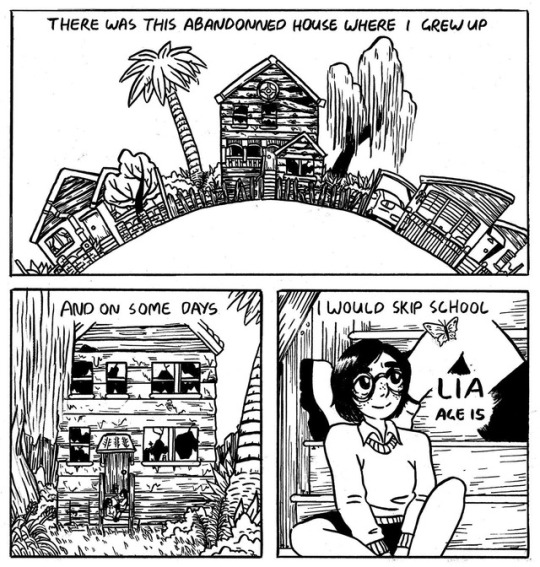



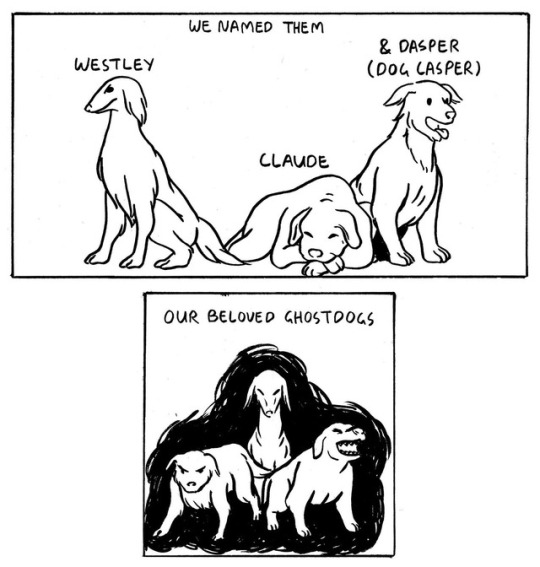



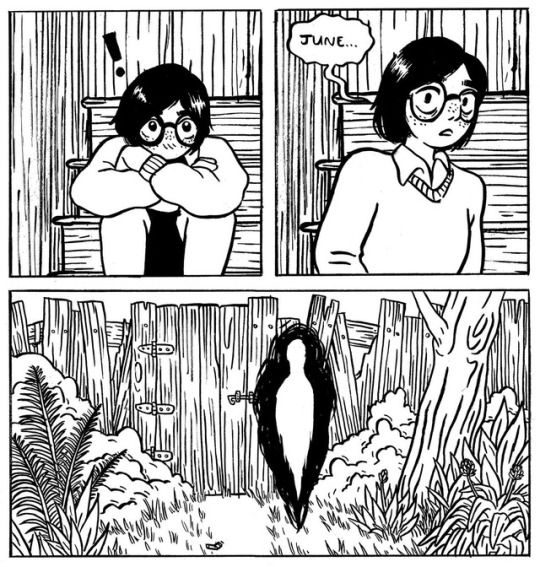





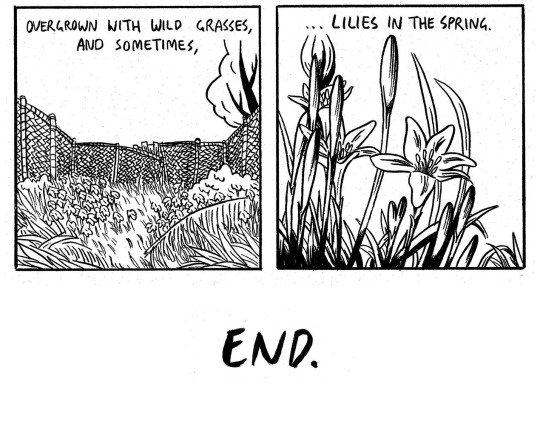
Sometimes, Lilies is a comic I made back in 2017 and never posted! This was my last comic before taking a long hiatus from making them, my art has developed a lot since then but I’m still really happy with it. Thanks for reading!
3K notes
·
View notes
Photo

6K notes
·
View notes
Photo
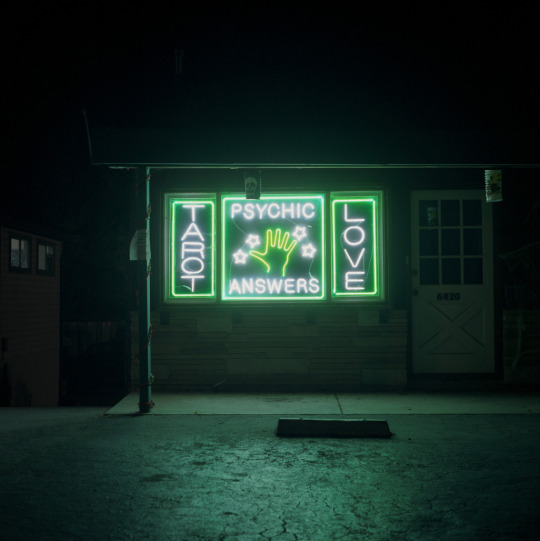




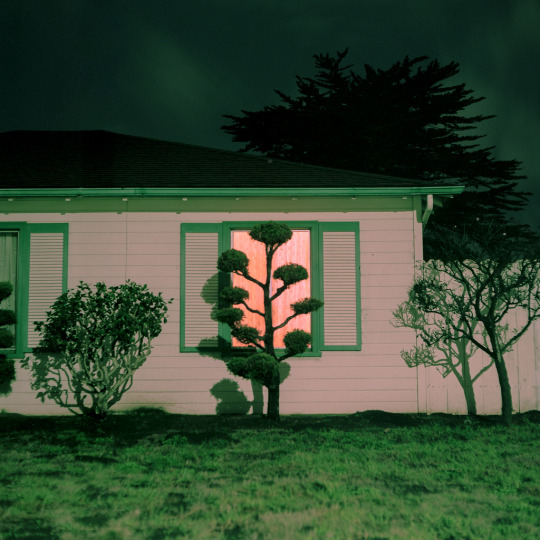

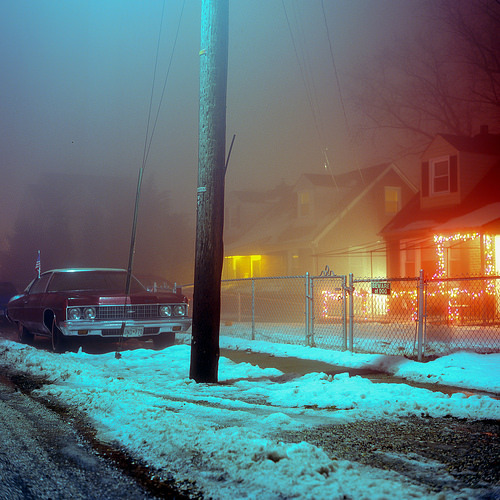

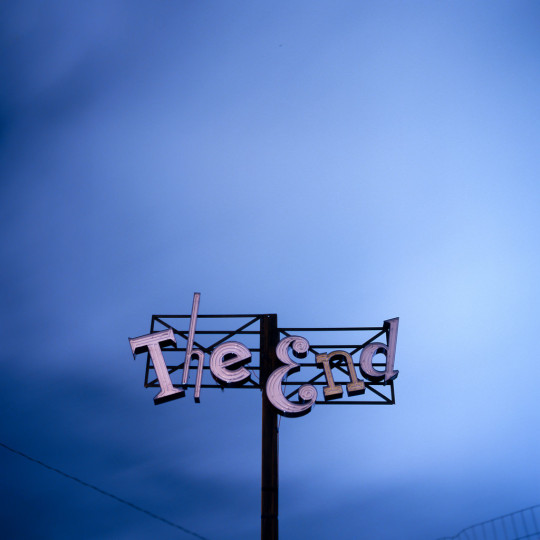
Spotlight: Patrick Joust
On the clock, Patrick Joust, 36, is a librarian. Off the clock, he’s a self-taught photographer with a fascination of Baltimore at night.
https://www.flickr.com/photos/patrickjoust
347K notes
·
View notes










